Asia’s Traditional Nail Art: A Cultural Journey
Nail painting is deeply cultural throughout Asia as a form of self-expression and beauty. The art of nail decoration has fascinated Asian civilizations for millennia, from South Asian brides’ complex decorations to Chinese social status symbols. This tradition centers on the nail studio, not as a physical site but as a symbolic space where artistry and cultural legacy merge to create a personal and community tapestry of beauty.
Nail art began in China during the Zhou Dynasty (1045–256 BCE), when long nails symbolized royalty and leisure, ranking above manual labor. This was about length and ornamentation. Noblewomen in the Ming Dynasty (1368–1644) wore gold, silver, and precious stone nail guards as status symbols and protection for their long nails. Many guards were embellished with sophisticated patterns and iconography to show off the wearer’s status and taste. The practice showed a robust cultural love for hand aesthetics, where every detail had meaning.
In South Asia, especially India, nail art is part of wedding and festival beauty practices. Mehndi, or henna, makes stunning hand and foot patterns and stains nails reddish-brown. This old ritual is lucky and shows the couple’s dedication. Simple dots, lines, and complicated designs convey stories or represent the sun, moon, and other natural components. Mahndi nail art is passed down through generations, each group’s style.
The Heian period (794–1185) saw Japanese aristocrats grow their nails long and paint them with beeswax, gelatin, and crushed flower petals. In the Edo era (1603–1868), ladies used nacre, or mother-of-pearl, to create sparkling, elaborate nail decorations. The work reflected the time’s beauty standards, which prized detail, refinement, and elegance. Japanese nail art techniques changed in the 20th century with the advent of Western nail polish, but the old methods and their cultural significance continue.
The traditional Korean nail dye “bongseonhwa kkotmul” was produced from balsam flower petals, stained nails, and fingertips that were vividly crimson or pink. This beautification ritual of the Goryeo Dynasty (918–1392) had metaphorical overtones. Bright colors were thought to ward off evil and bring luck. The preparation and application of nail dye was a communal activity with rites and festivities. Some still dye their nails traditionally to honor their ancestry and celebrate traditional festivals, even though modern nail art has taken over.
Cultural practices and historical periods have shaped Vietnamese nail art. Long nails were a sign of beauty and royalty in some civilizations, including China. Nail art was more straightforward and emphasized natural beauty. Vietnam is known for its exquisite nail designs and is a global hotspot for nail art innovation. Despite technological evolution, traditional aesthetics and the value of precise care and beauty in personal grooming persist.

Nail art’s journey through Asia showcases its cultural richness and history. Each technique tells a tale about the people, their values, and their worldview, from ancient Chinese nail guards to Korean natural dyes and Indian complex henna designs. The modern nail studio, with its wide range of equipment and methods, continues these centuries-old traditions of beauty and self-expression.
We should remember the cultural roots of nail art while we admire others’ beautiful designs and colors. Nail art is a tradition that connects us to the past and each other in our love of beauty.
Indigenous nail art: a canvas of identity and belonging
In indigenous societies worldwide, nail art is more than decorative; it expresses generations of traditions, beliefs, and identities. Unlike the modern attraction of a nail studio, these communities’ nail art speaks to a deeper narrative that blends collective identity, spiritual values, and unspoken interactions with nature into daily life.
In the Amazon, among the many tribes who inhabit this lung of the globe, nail painting becomes a dialogue with nature. The indigenous Amazonians paint their nails with hues from berries, plants, and the earth’s riches to signify rites of passage, spiritual journeys, and the complex link between humans and their environment. These colors and motifs relate stories of ancestral spirits, totems, and the connection of all living things. Painting one’s nails and body becomes a ritual, a connection to the spirit realm, and a confirmation of one’s place in the universe.
The Maori people of New Zealand offer another perspective on nail painting as a cultural expression across the Pacific Ocean. The elaborate curvilinear and spiral Moko tattoos extend to the nails as a continuation of the body’s canvas. Maori tradition uses this visual language to transmit ancestry, social rank, and accomplishments. The natural pigmented decorations are more than decoration—they are a badge of honor, a reference to the past. Maori culture views every mark on the body, including nails, as a symbol of identification and belonging, a literal embodiment of the individual’s tale in the larger narrative of their people.
In the Arctic, the Inuit use another culturally significant nail art style. Color is essential in this severe atmosphere where the landscape is white and the auroras dance. Inuit use natural pigments like berry juices and mineral powders to decorate their bodies and nails, expressing their spirituality and environment. This tradition, coupled with seasonal celebrations and shamanic ceremonies, protects against Arctic spirits and celebrates life in the extremes.
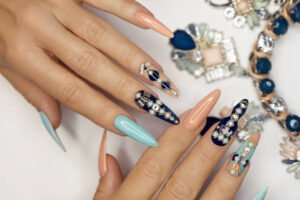
The Navajo Nation uses nail art in their complex sandpainting rituals in the barren plains of North America. Healing and spiritual gatherings feature miniature nail paintings of ceremonial artworks made on the ground with colored sand. The designs, inspired by sandpaintings, are thought to harness earth and aEarthor healing energies for spiritual contact and restoration. Applying these sacred patterns on nails is a solemn ritual infused with prayers and reverence for human-nature balance.
Namibia’s Himba tribe adds to nail art’s cultural significance. Otjize, a paste prepared from butterfat, ochre, and omumbiri tree resin, is used on nails in this community. This vivid crimson technique symbolizes life power and communal strength by reflecting the earth’s beauty. Himba nail art symbolizes identity, resilience, and a deep connection to their land, capturing their spiritual and physical sustenance from the world.
NaiEarth is a rich language of expression grounded in millennia of tradition, spirituality, and communal identity throughout many varied cultures. The technique goes beyond the nail studio, evoking a time when beauty and art were harmoniously integrated into daily life for sacred and banal purposes. Indigenous nail art shows us how human societies have used little canvases to communicate, indicate their presence, and tell their history.

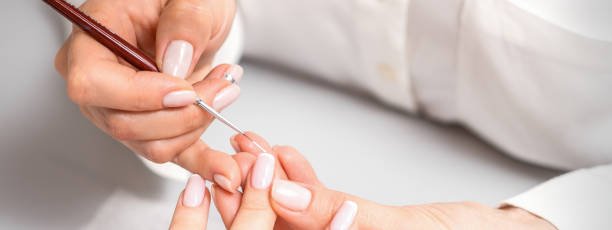
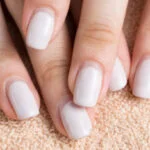

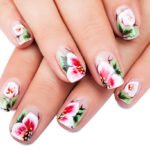

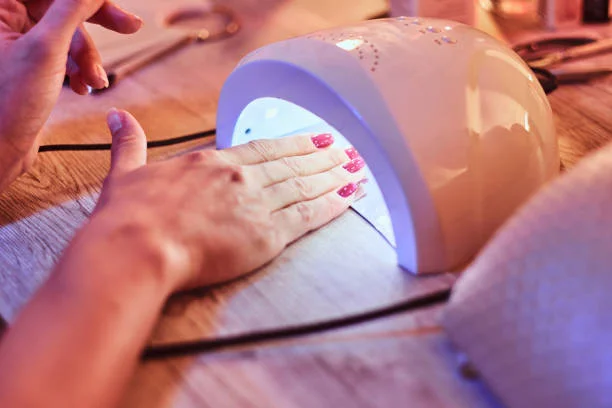
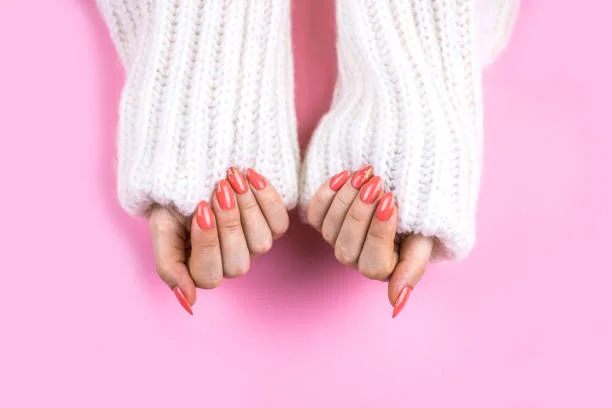
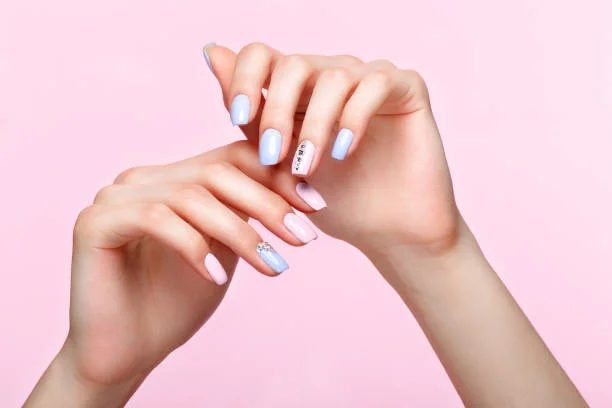
Leave a Reply